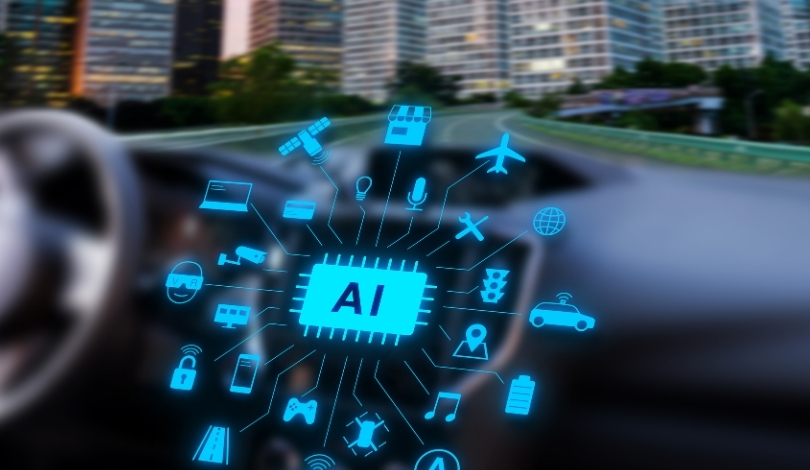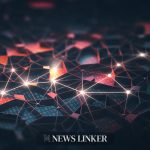A surge in generative AI technologies is prompting renewed attention to how digital identities are protected in online creative spaces. As more artists, influencers, and everyday people interact with these tools, the risks and opportunities multiply. Many are seeking a balance between AI-driven innovation and safeguarding original work and reputation. The discussion is shifting toward not just technological capabilities, but also who controls personal images and creations. This tension is reaching lawmakers, who are advancing regulatory steps meant to adapt rights frameworks for a digital era.
Earlier coverage often focused on AI in the creator economy as a technological boost, largely addressing opportunities for productivity gains and content generation. Until recently, the regulatory aspect—especially regarding likeness rights and digital identity protection—was not as prominent. With incidents of deepfakes, impersonations, and unauthorized use of personal imagery now more widely reported, there is a visible shift toward legislative safeguards. Proposed federal laws reflect this changed environment and contrast with earlier approaches that relied on fragmented or state-level measures. Now, questions of enforcement, compensation, and consent are central to the debate, indicating a maturing understanding of the intersection between technology, law, and human agency.
How Does the NO FAKES Act Address Digital Identity?
The reintroduced NO FAKES Act aims to prevent anyone from using another person’s name, image, or likeness without consent in AI-generated content. This bill seeks to establish a clear legal boundary against digital impersonation and misuse, aiming to give individuals more agency over their digital presence. Supporters argue such regulation is crucial as generative AI tools become integral to creative workflows in industries ranging from music to digital marketing. The act also lays the groundwork for enabling creators to license and even monetize their digital identity, not just prevent its misuse.
“Protecting people’s digital likeness isn’t only about artists or public figures. Everyone deserves clarity and control over how their image is used online,”
stated a spokesperson for Loti AI, reflecting broader public sentiment about digital autonomy.
What Gaps Remain in Attribution and Compensation?
Despite growing legal frameworks, attribution, consent, and compensation mechanisms are still underdeveloped within most generative AI platforms. Creators often face difficulties ensuring their work is properly credited and are rarely compensated if elements of their work are incorporated into new AI-generated projects. Enforcement methods are typically reactive, relying on takedown requests after infringement has already occurred, with robust proactive monitoring largely absent. Conversations among rights holders, technologists, and legal experts highlight the urgency of designing interoperable licensing tools and royalty distribution infrastructures that operate across digital platforms.
“We envision systems where creators can automatically license their digital assets and receive fair compensation,”
a Loti AI executive commented, emphasizing future priorities for technological and legal integration.
How Could Collaboration Strengthen Creator Rights?
Advocates believe meaningful progress depends on collaboration among AI developers, creative platforms, rights agents, and lawmakers. Shared technical standards—such as interoperable licensing protocols and real-time content monitoring—are viewed as essential for scalable enforcement. Federal legislation like the NO FAKES Act is referenced as a step toward establishing a national baseline, avoiding the inconsistencies and confusion that fragmented state laws have caused. In this approach, responsibility is distributed among all ecosystem participants, ensuring that creative expansion is not undermined by unchecked exploitation. The goal is to merge innovation and accountability, ensuring trust and safety for all stakeholders as the creator economy grows.
Widespread adoption of digital identity rights would increase transparency and create new economic opportunities, such as giving ordinary individuals the ability to license their likeness just as professional athletes do. Trust in generative AI ultimately relies on systems that protect privacy and creative control while fostering collaboration. As regulations evolve and technology advances, the interplay between rights protection, creative opportunity, and digital commerce will remain central to public conversations. Readers interested in participating in digital creative economies should follow legislative updates and examine the terms of service when using AI platforms to manage their digital presence and intellectual property. Aligning legislative, technological, and creative practices will shape a more secure and equitable landscape—benefiting individuals and the wider creator community as generative AI tools become increasingly prevalent.










